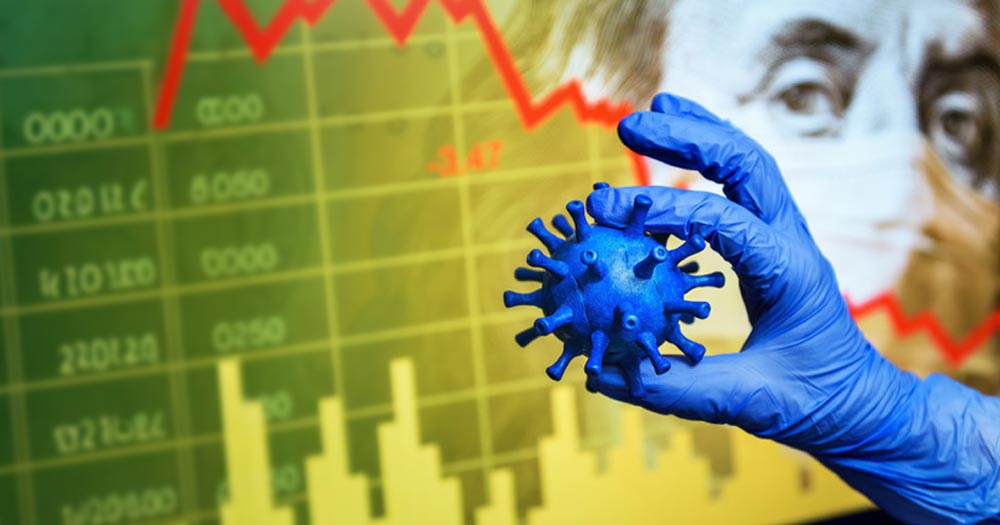
Our business and marketing world is facing a crisis of misinformation, malfeasance, and misconduct. It’s a dangerous space for every company to operate in. But I believe we are also suffering from an internal condition that is just as bad.
It’s what I call Business Malware.
What in the world is that?
Business malware is a nasty virus lurking in companies of all sizes and types. It’s not hidden within a computer network. It’s a condition that exists among many people in almost every organization. It stands for the myths, assumptions, and lies that may wrongly guide decision-making and strategy. This malady can be deadly to the health and growth of an organization. Why does this exist?
Let’s imagine a company called Big Deal Industrial. When the business was started several decades ago, the founders and employees worked very hard, hand in hand, long into the night, because they were eager to slay the existing goliaths in their industry. They rallied together every day because they shared a common mission. Everything was shiny, new, and exciting. No task seemed too daunting as they charged up the hill to a brighter tomorrow. Yes, they occasionally stumbled and retreated, but they got smarter every step of the way. Until finally, their hard work paid off, and Big Deal became a very big deal, reigning supreme at the top of their mountain.
The people of their community praised Big Deal for their contribution to the local economy. The governor awarded them with accolades and blue ribbons, saying that Big Deal was a big, Big Deal. Aspiring businesspeople came from far and wide to study the wonders of what Big Deal had accomplished. Once, the best-known television journalist for the country’s biggest network devoted a full hour in prime time to show how extraordinary Big Deal had become.
Big Deal kept spinning like a well-greased top because they had built a highly profitable and sustainable business. They had constructed a moat around themselves that would be tough for new competitors to cross. But then something began to slowly change for Big Deal Industrial. And that was also a big deal.
Maybe it was human nature, but the ever-present praise was beginning to go to the heads of the leaders of Big Deal. Call it a mix of indifference, arrogance, and self-satisfaction. They began to make lofty pronouncements about how smart they were. They spent less time down on the factory floor. They quit visiting their customers. They did seem to enjoy more and more time away, benefiting from the fruits of their labor. And who could really blame them?
Meanwhile, the Big Deal story of success became legendary inside the company. Over time, that legend was repeated and exaggerated. New managers and employees came to believe in the infallibility of the legend. After all, if it was good enough for the company founders, it should be good enough for them. This was how the myths, assumptions, and lies developed a life of their own.
Company insiders, leaders, managers, and employees hung onto this malware because they often weren’t willing to disrupt themselves and change with the times. They believed and repeated the myths, assumptions, and lies to each other. Maybe you’ve heard some of these status quo, anti-change arguments along the way.
“That’s not how we do things around here,” “If it ain’t broke, don’t fix it,” and, of course, “Why rock the boat?”
But here’s the thing. The virus inside Big Deal Industrial was, in fact, a big deal. The marketing department was not immune from business malware. The myths, assumptions, and lies they
proudly told themselves spread from the insiders to both their current and prospective customers through bad service, lack of innovation, and negative customer experiences. Eventually, competitors came along to exploit these fallacies for their own economic benefit. It didn’t take long before Big Deal was in a tailspin because customers were increasingly repelled. So much so that they fled into the waiting arms of competitors who better understood their unmet needs. And finally, one day, Big Deal became no deal at all.
Want a real-world example? At one time, Kodak had a market share of over 90% in film and camera production. However, their leadership quit paying attention to the hidden truth about what customers really needed. Management told lies to themselves about a changing marketplace. They were so over-confident in their market dominance that they refused to change even when their customers began shifting to digital photography. The irony is that Kodak invented the very same digital technology that finally destroyed what had been built for over 100 years.
Sadly, marketing is one vital part of any organization that is often weighed down by business malware. A well-known Bain and Company study revealed that 80% of surveyed company executives believed their firm delivered a superior customer experience. However, only 8% of their customers agreed. This is not just a gap; it’s the Grand Canyon. This is the toll business malware can have on a company.
Wisdom to Fuel Your Business Growth
The cure to Business Malware is finding the hidden truth. Don’t be afraid of it because truth is the real source of your competitive advantage. Once discovered, the trick is to turn truth into action faster than anybody else.

Sign up for our insightful articles & the MPG Newsletter: Fueling Business Growth